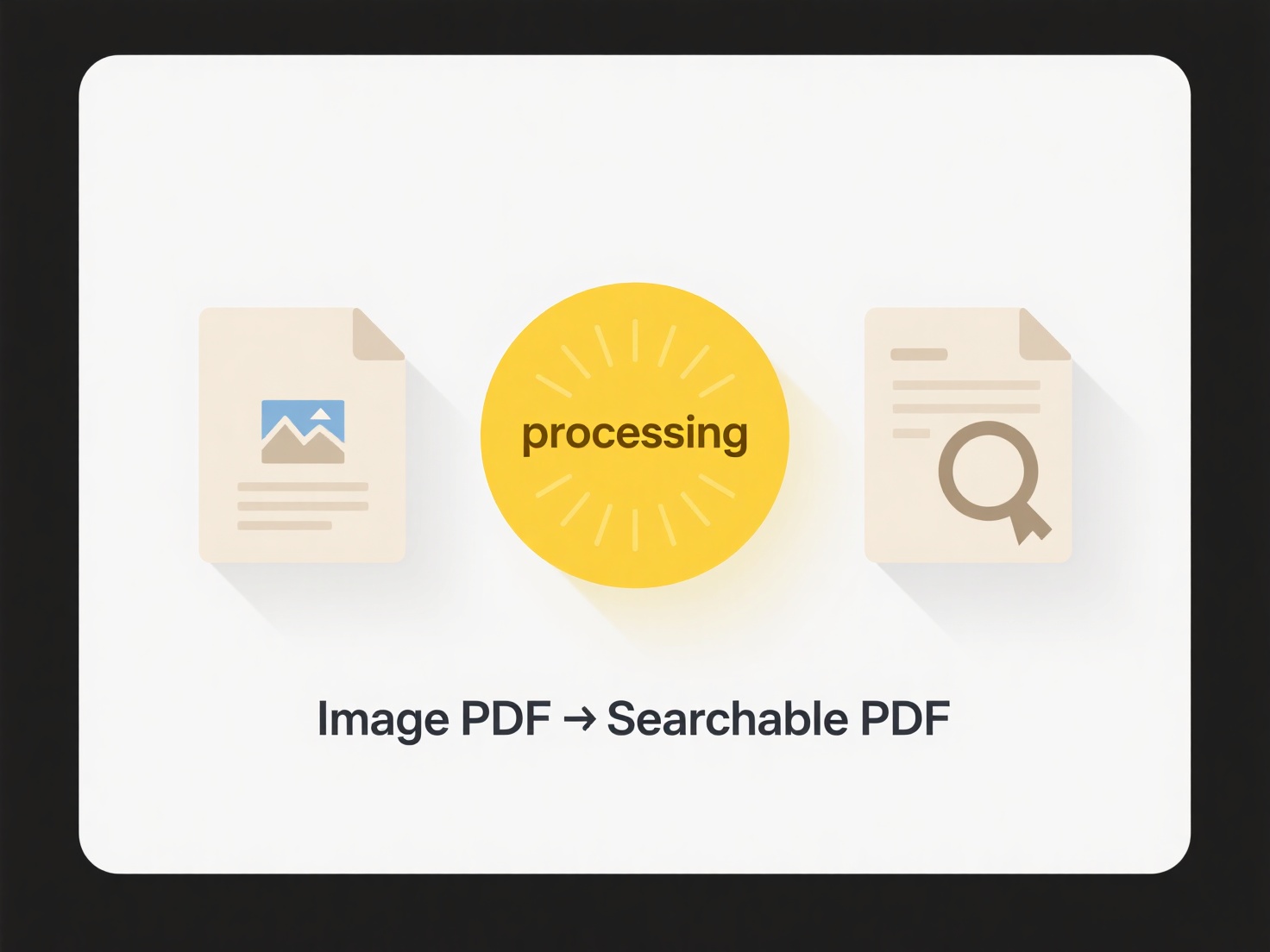
Syncing a working folder across multiple computers means ensuring the same folder and its contents are updated identically on all devices whenever changes occur. This is typically achieved using cloud storage services or peer-to-peer syncing tools. These tools continuously monitor the folder for additions, deletions, or modifications. When a change is detected on one computer, it's automatically uploaded to a central cloud server or directly propagated to other linked computers, which then download the changes to keep their local folder copy current. This differs from simple file sharing or manual copying by offering near real-time, automated consistency.

Cloud services like Dropbox, Google Drive, Microsoft OneDrive, or specialized tools like Sync.com (focused on privacy) are popular choices. For example, a graphic designer could have their 'Project Assets' folder synced between their office desktop and home laptop via OneDrive, always having the latest images and design files available. A software developer might use GitHub Desktop syncing repository folders across computers, ensuring code changes made on a travel laptop automatically appear on their main workstation. Many industries rely on this for collaboration and remote work.
The main advantage is seamless access to the latest files from any synced device, boosting productivity and enabling easier collaboration. Key limitations involve dependency on internet connectivity for syncing and potential storage limits imposed by cloud services. Security is crucial; sensitive data should only be synced using services offering strong encryption (both in transit and at rest). Care is also needed to avoid conflicts if files are edited simultaneously on different machines. Cloud storage providers continuously improve syncing speed, conflict resolution, and integration with productivity tools, making this capability increasingly robust and accessible.
How do I sync a working folder across multiple computers?
Syncing a working folder across multiple computers means ensuring the same folder and its contents are updated identically on all devices whenever changes occur. This is typically achieved using cloud storage services or peer-to-peer syncing tools. These tools continuously monitor the folder for additions, deletions, or modifications. When a change is detected on one computer, it's automatically uploaded to a central cloud server or directly propagated to other linked computers, which then download the changes to keep their local folder copy current. This differs from simple file sharing or manual copying by offering near real-time, automated consistency.

Cloud services like Dropbox, Google Drive, Microsoft OneDrive, or specialized tools like Sync.com (focused on privacy) are popular choices. For example, a graphic designer could have their 'Project Assets' folder synced between their office desktop and home laptop via OneDrive, always having the latest images and design files available. A software developer might use GitHub Desktop syncing repository folders across computers, ensuring code changes made on a travel laptop automatically appear on their main workstation. Many industries rely on this for collaboration and remote work.
The main advantage is seamless access to the latest files from any synced device, boosting productivity and enabling easier collaboration. Key limitations involve dependency on internet connectivity for syncing and potential storage limits imposed by cloud services. Security is crucial; sensitive data should only be synced using services offering strong encryption (both in transit and at rest). Care is also needed to avoid conflicts if files are edited simultaneously on different machines. Cloud storage providers continuously improve syncing speed, conflict resolution, and integration with productivity tools, making this capability increasingly robust and accessible.
Quick Article Links
Can I use tags or labels to make files easier to find?
Tags and labels are descriptive keywords assigned to files, documents, or emails to categorize them based on content, pu...
How do I track which exports are outdated?
Tracking outdated exports involves identifying files or data outputs that no longer reflect the most current source info...
How do I manage internal vs external file versions?
Internal file versions are temporary working drafts used solely by your team during creation and review. They help track...